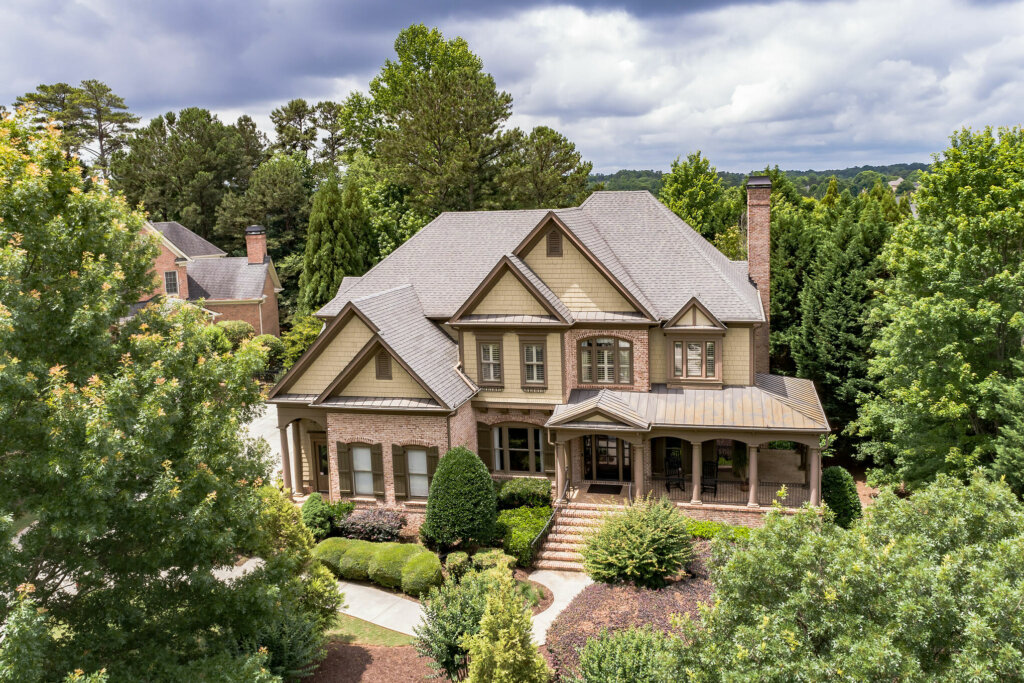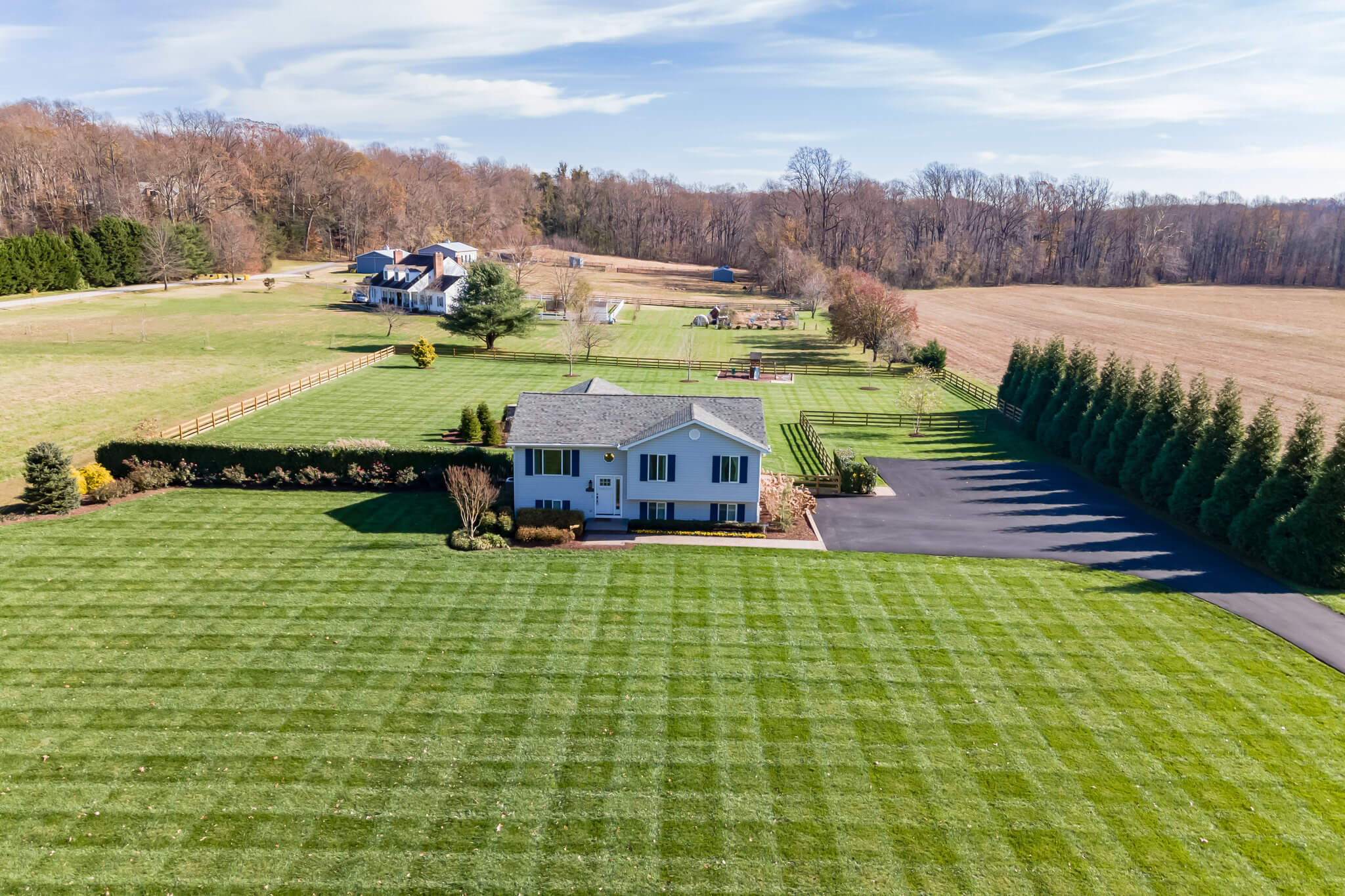Did you know that digital photos shot with a smartphone or a digital camera capture more than just the image?
Today’s photos contain information called metadata that is individually created with each image. This data can include a plethora of details, including the size, dimensions, and, most importantly, the location. The day and time of the photo are also generally included.
What this could mean for real estate agents and professional real estate photographers is incredible. Think about what it would mean if you never had to enter listing data into your MLS again. It would save you time and increase your productivity.
That’s the idea behind the early work and testing of exciting new technology being done throughout the real estate industry today. A hot new startup, Restb.ai, is one of the leading tech firms in the emerging computer vision space.
Power of computer vision
Already Restb.ai is processing over 10 million photos a day. They use both computer vision and AI to “see” each image and then can automate tasks. Combine this information with the metadata already in digital listing photos, and you can start to see the potential.
MLSs are already jumping in and exploring the possibilities. Greg Moore is one of the early adopters among MLS technology leaders who began looking into the idea that you could use photos to automate listing entries about three years ago.
Greg is Chief Technology Officer at Regional Multiple Listing Service, Inc. (RMLS), of the largest MLSs in the Pacific Northwest. He started a small test with Restb.ai. They sent over some URLs connecting to photos to see what would come back.
“In our pilot, we sent them URLs; we didn’t send them pictures. And I mean seconds later, we got the content,” Greg said.
He explained that once the photo has a “geocode” – when you can determine its location down to the property address – you can bring in all the other information found in public records. So, for example, you could connect to tax data and autofill that content, populate the address, perhaps see the property’s transaction history, what the local school district is, and a lot more.
Greg admits his interest in seeing the photo become the first step in listing data entry is self-serving. “Selfishly, as an MLS, we want to be the first point of entry.”
Automated photo descriptions
Restb.ai is doing more than just helping to channel that photo metadata into practical use. Their computer vision can create the content to describe each listing photo. In addition, their technology can classify by room type, identify home features, and even analyze the condition of the room – all from listing photos.
“What (Restb.ai) are doing with computer vision is just the beginning,” Greg said. He points out that technology is getting faster and more intelligent, particularly AI, machine learning, and computer vision.
Power of photos
Successful real estate agents have long known the benefits of using great listing photos, and research backs them up. For example, 61% of brokers believe high-quality photography is “crucial,” and another 31% think real estate photographers are “important” to selling homes.
However, past research shows that only 15% of homes use high-quality photos, according to Photography for Real Estate statistics.
While 68% of agents believe professional real estate photography helps their brand, and more importantly, pro photos help them sell more homes and sell them faster.
About 32% of homes with high-quality photographs sell faster than those without real estate photography in a typical market. On average, homes with a single photo spend 70 days on the market, while listings with at least 20 high-quality images in their listing description sell within a month.
According to the National Association of Realtors, 72.2% of Realtors agree that high-quality real estate photography helps them win more listings. In addition, houses with aerial footage and high-quality photographs sell 68% faster than those without similar visuals.
Perhaps the most crucial reason agents who don’t use professional real estate photography should: agents hiring professional real estate photographers earn twice as much in gross commission income as others.
Agents remain at the center
Automating, extracting, and leveraging listing data using photos doesn’t mean that the agents will have to give up control of the process.
Greg at RMLS says one could create a queue where photos are uploaded, and the listing data is created along with the photos’ descriptions for the agents to review, edit if needed, then approve and post. He noted that some agents likely already share their MLS access credentials to save a step with the photographer uploading the photos directly.
“(Agents) want the ability to select the order,” Greg noted.
Finally, Greg argues that MLSs are likely to be at the forefront of implementing this new technology because of the need to maintain quality data. He notes that at RMLS, their business rules assure the quality of the data is already built into the listing content, and he does not see that changing.
As for the impact that computer vision, along with AI and machine learning, will have in increasing the value of the listing photo, Greg said, “Every iteration makes it smarter and better. So, if it’s not here, it’s coming, and it’s coming quickly,” he added.














